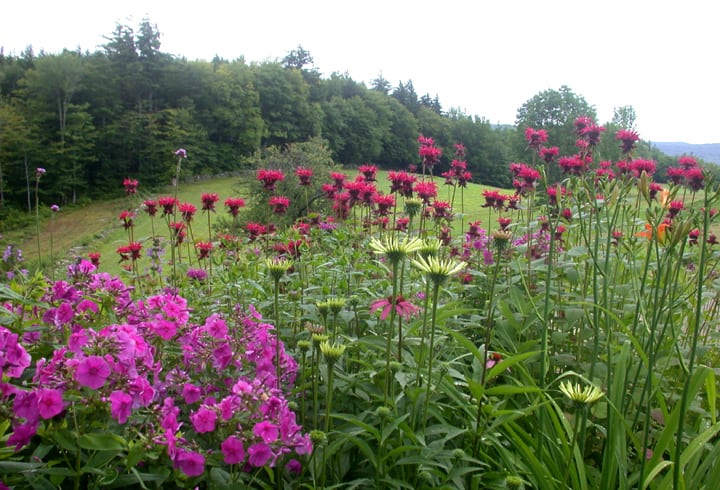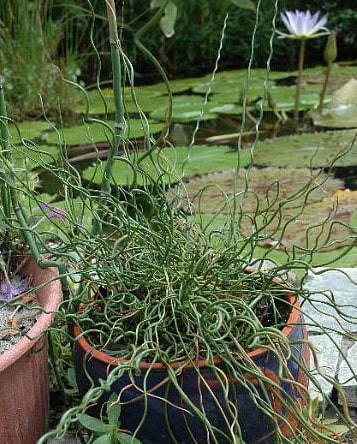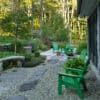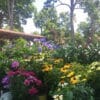Welcome to the first installment of Erica’s Oddballs! With each post, Erica will introduce you to interesting and unusual plants and offer tips for how to integrate them into your home landscape. Don’t miss a post–subscribe to The Home Outside!
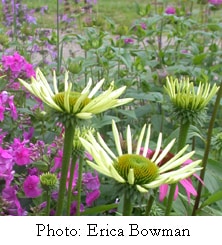 Lately it’s been the oddballs of the plant kingdom that catch my eye. While it’s true that I’ve never been one of those gardeners who relies upon pretty, conventional posies or organized rows of annuals to glorify my garden, I find that my tastes have recently blossomed (so to speak), and I now sometimes find myself turned on to a plant by its outrageousness alone! I know I am not the only one with a penchant for the unusual. I imagine that there comes a time in most gardeners’ lives when this craving for eccentricity sets in. I like to think of it as an awakening to the mature plant palette. Like the appreciation of caviar or fine wine, some plants require an “acquired” taste, and it takes a little bit of time under our belts (and maybe dirt under our fingernails) to come into appreciation of them.
Lately it’s been the oddballs of the plant kingdom that catch my eye. While it’s true that I’ve never been one of those gardeners who relies upon pretty, conventional posies or organized rows of annuals to glorify my garden, I find that my tastes have recently blossomed (so to speak), and I now sometimes find myself turned on to a plant by its outrageousness alone! I know I am not the only one with a penchant for the unusual. I imagine that there comes a time in most gardeners’ lives when this craving for eccentricity sets in. I like to think of it as an awakening to the mature plant palette. Like the appreciation of caviar or fine wine, some plants require an “acquired” taste, and it takes a little bit of time under our belts (and maybe dirt under our fingernails) to come into appreciation of them.
Finding plants that are new and unusual is one thing, creating a cohesive garden with them is another. Plan it incorrectly and you can find yourself hosting a garden space that isn’t strangely unique but uniquely strange. Don’t be dissuaded! Following the sensible rules of deliberate layout, balance, and structure will allow your garden to shine whether you choose plants of the ordinary or extraordinary.
Massings of Monarda and Phlox make for a bold but intentional statement. Photo: Erica Bowman
The rules for successfully integrating the oddballs are really not that different than the rules for creating a successful, conventional garden of any style. First of all, when using unusual and unfamiliar looking plants one should strive to create a look that appears intentional, not haphazard. You don’t want your special specimen mistaken for an accidental weed that volunteered its strange little self. When dealing with unusual specimens, there really is strength and “safety in numbers.” Masses of like plantings look more like a part of the whole design and become less like oversights or mistakes.
Corkscrew Rush brings contrast to a backdrop of water lillies.
Secondly, try to balance your grouping of unusual plants with other plants clusters that are equally strong in terms of mass and boldness, and also those that compliment or contrast nicely with your plant’s features. Remember, your odd plant selection is part of a whole collection. Integrate, integrate, integrate.
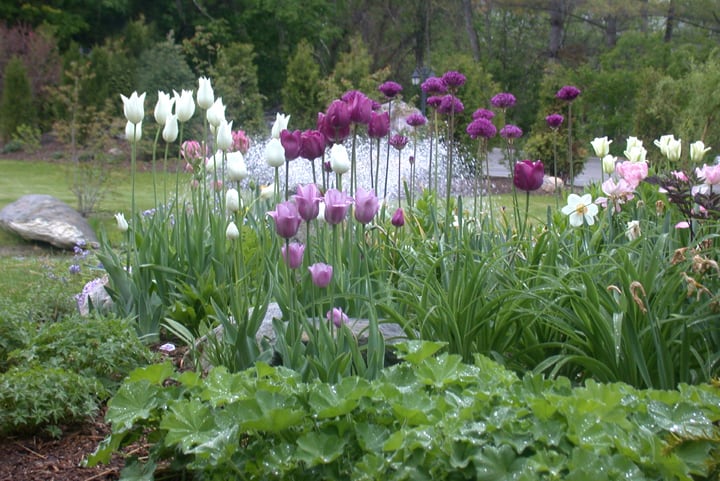
After they’ve bloomed, alliums, tulips, and daffodils will give way to lady’s mantle, daylilies, and astilbes.
Photo: Erica Bowman.
Thirdly, remember the fourth dimension of time when planning for your eccentric garden. Like most garden plants, there will be an evolution of growth, bloom, color, and other changes in your oddballs as well. It’s important to harmonize with the neighboring plants for beauty before, during, and after the plant’s peak season. A lot of times we forget that ephemeral type plants, and those for which leaf browning is a part of the cycle, can leave empty or ugly spaces during their off-seasons. Make sure you have a good grower next door to fill it in and you should be safe. This is no different than the wisdom you use to deal with other garden ephemerals and spring bulbs.

